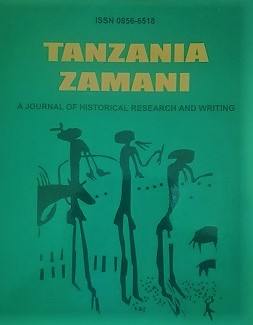Disease, Science and Religiosity: A Case Study of Leprosy in German East Africa
Keywords:
Disease, Leprosy, Christian missionaries, Tabora, Mahenge, German East AfricaAbstract
Leprosy generated an intense amount of interest (and activity) in German East Africa in the immediate years before the First World War. It was an interest quite different from the economic and demographic considerations of most other diseases. This is not a judgement specific to this location. Across time, across diverse cultures, across the globe leprosy often functioned as a metaphor for wider concerns and metaphysically diverse discussions. When John Iliffe published The African Poor in 1989 he devoted a whole chapter to leprosy; no other disease received this preferential treatment in his book. Two years later Megan Vaughan used the same device in Curing Their Ills, a more focused study of illness and disease on the African continent. This essay is more specific. It traces the narrative thread of this disease from a specific metropolitan perspective in the German Reich down to actions at a territorial and district level in German East Africa. It looks at the diversity of responses in that space, including the differential involvement of Christian missionary societies. It considers the possibility that the proposals for expanded care of lepers arrived at a time when Roman Catholic nuns in particular were looking for a role that could fit their more restricted and cloistered status. It also looks at leprosy care in the parallel context of an increased African awareness of European bio-medicine, an acceptance that would have long-term consequences for the shape of medical care in Tanzania.


